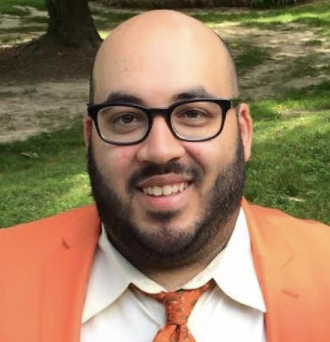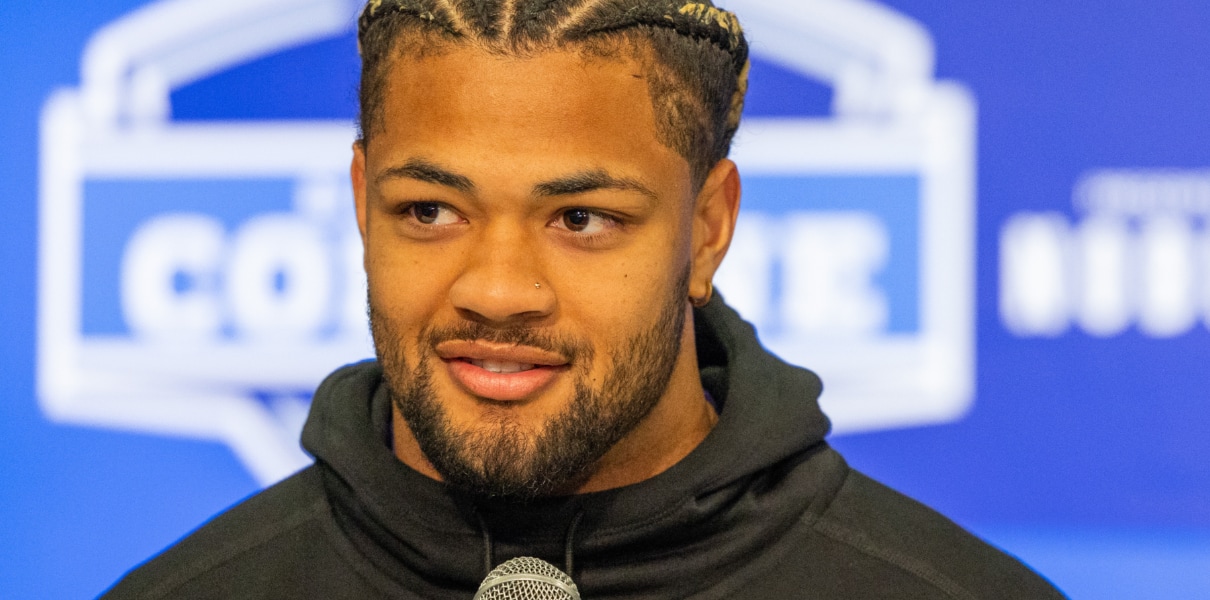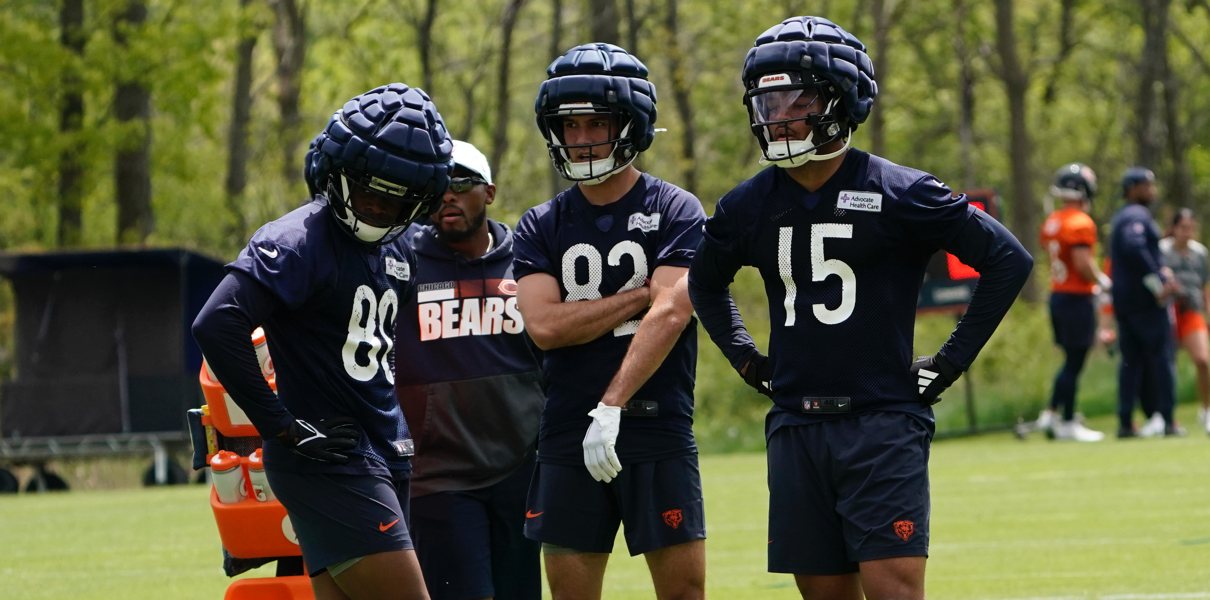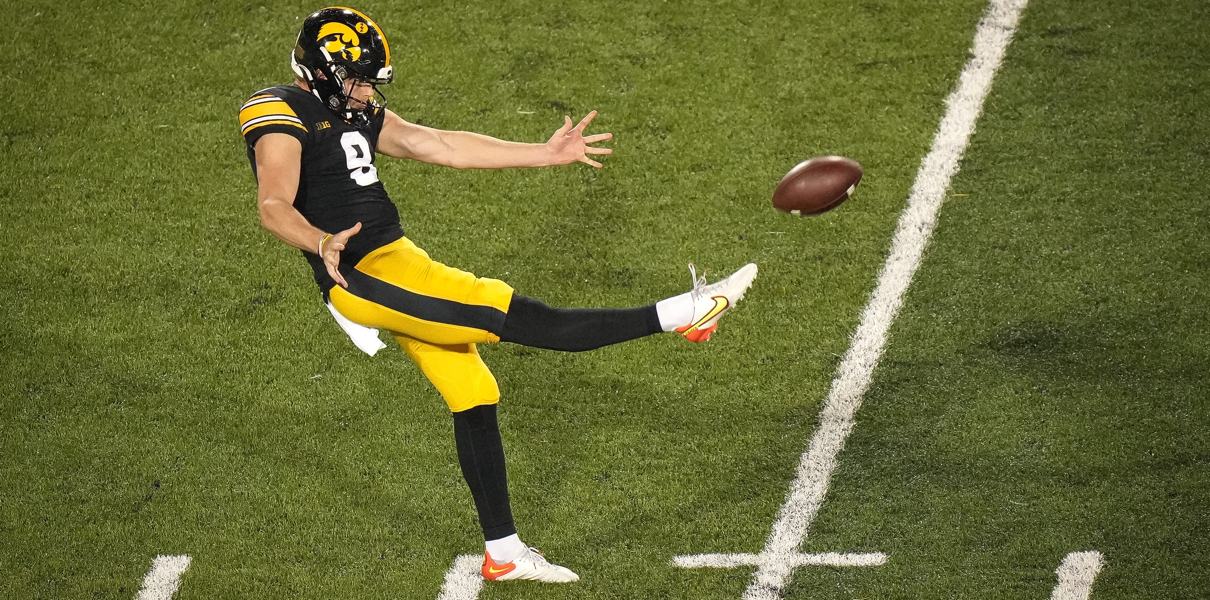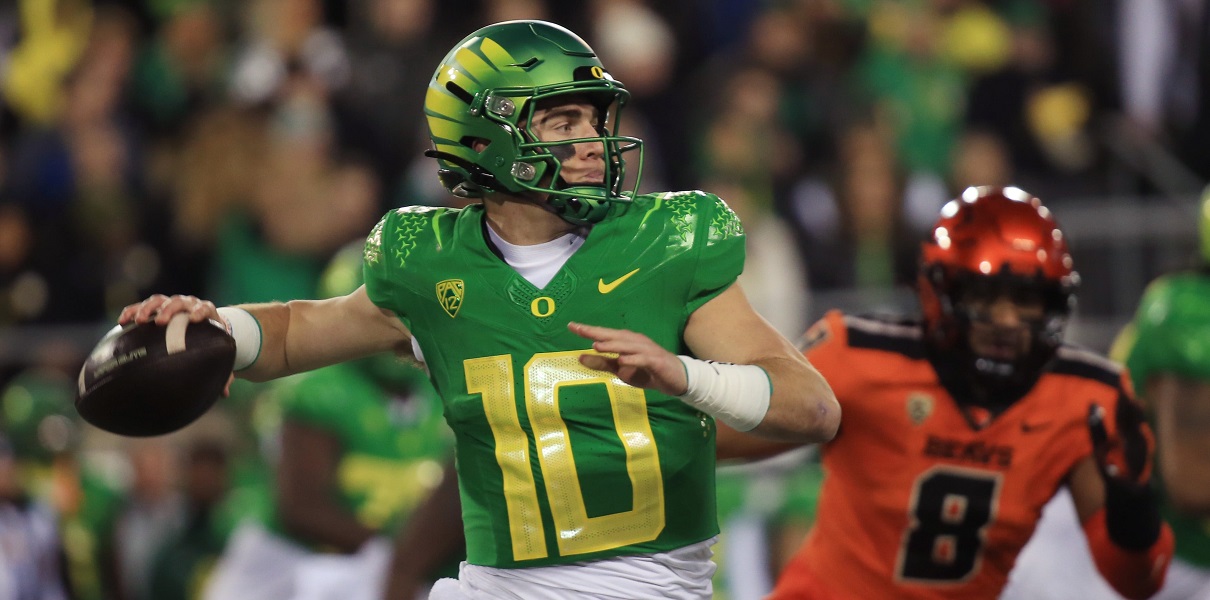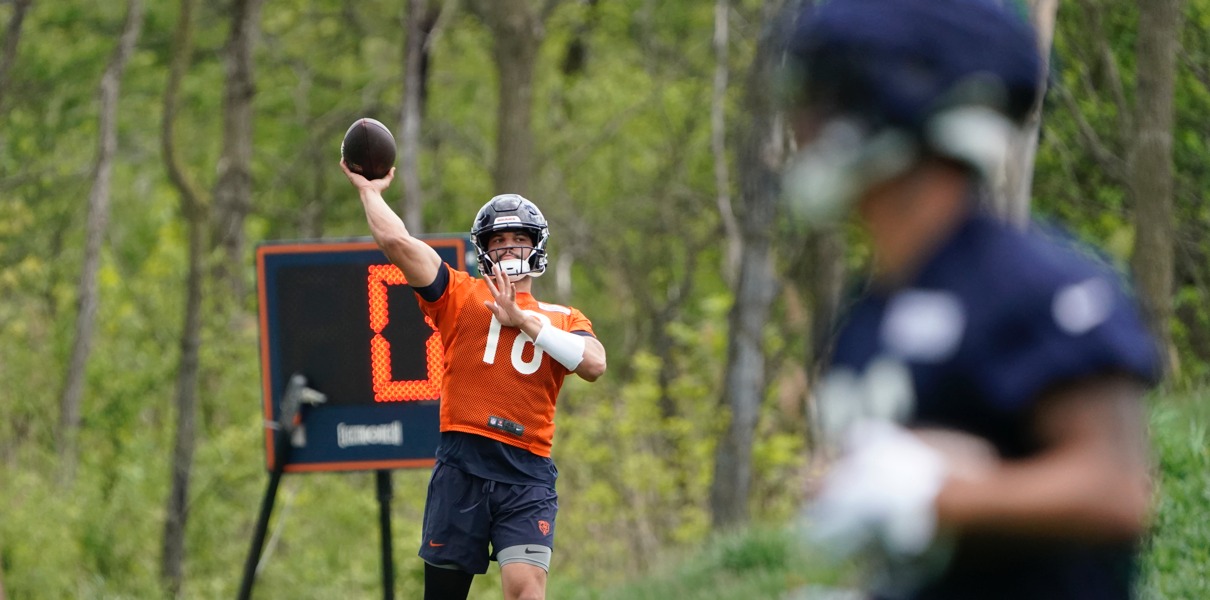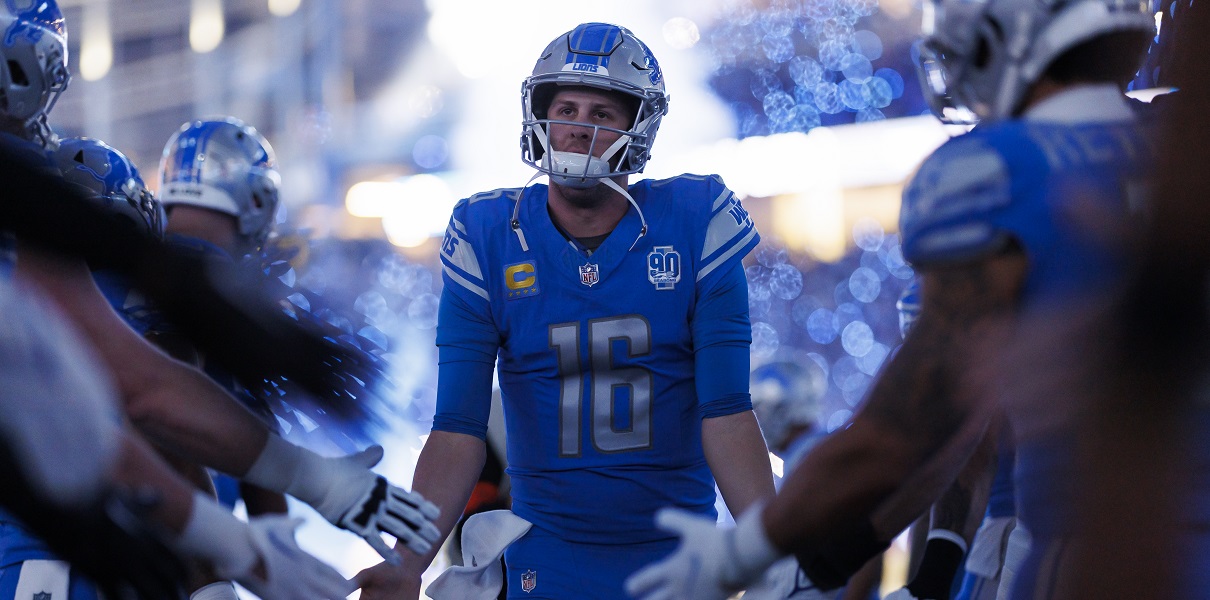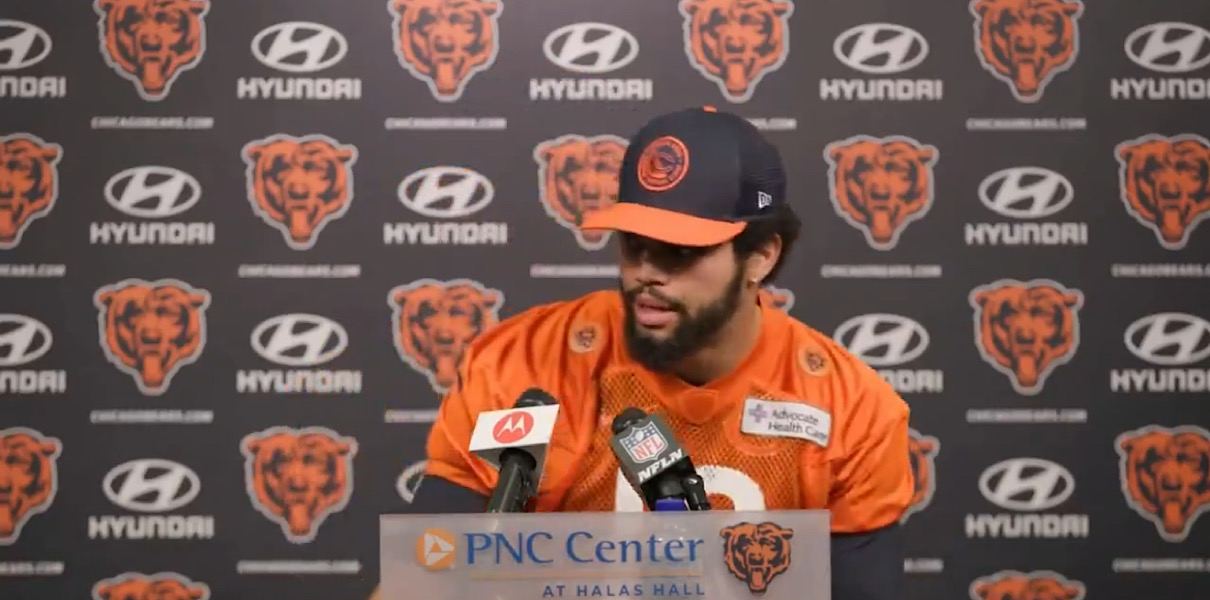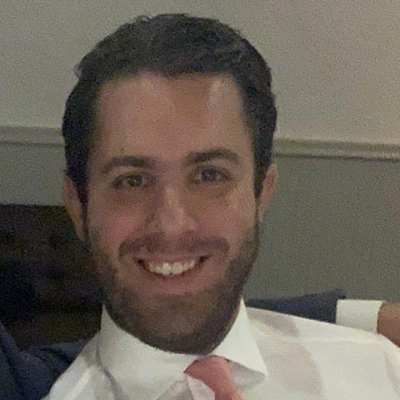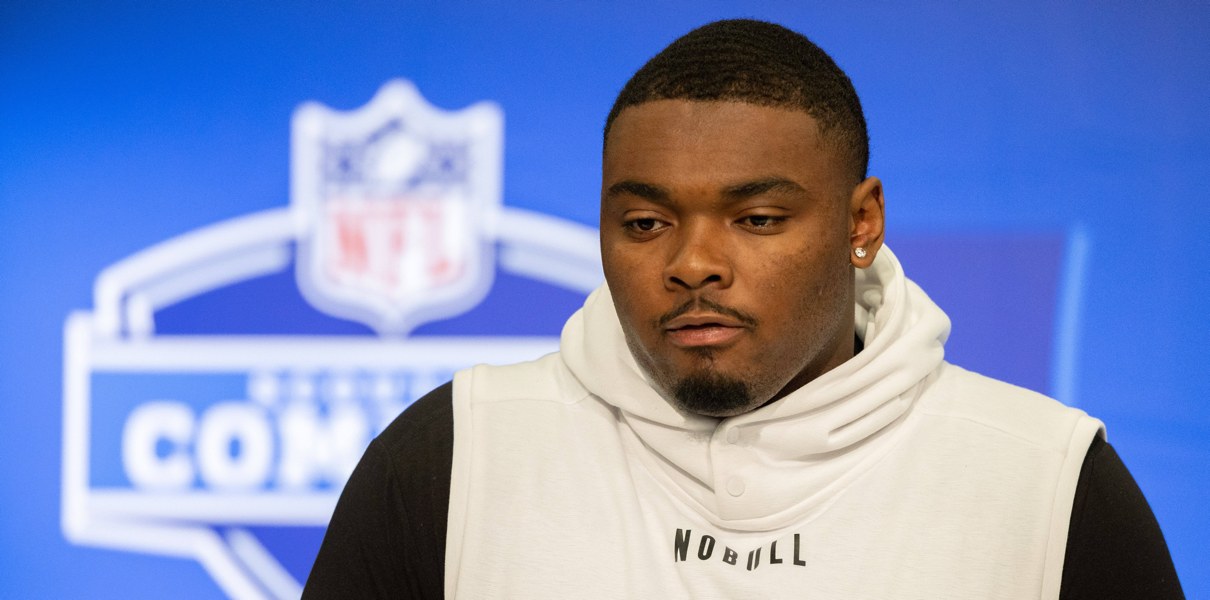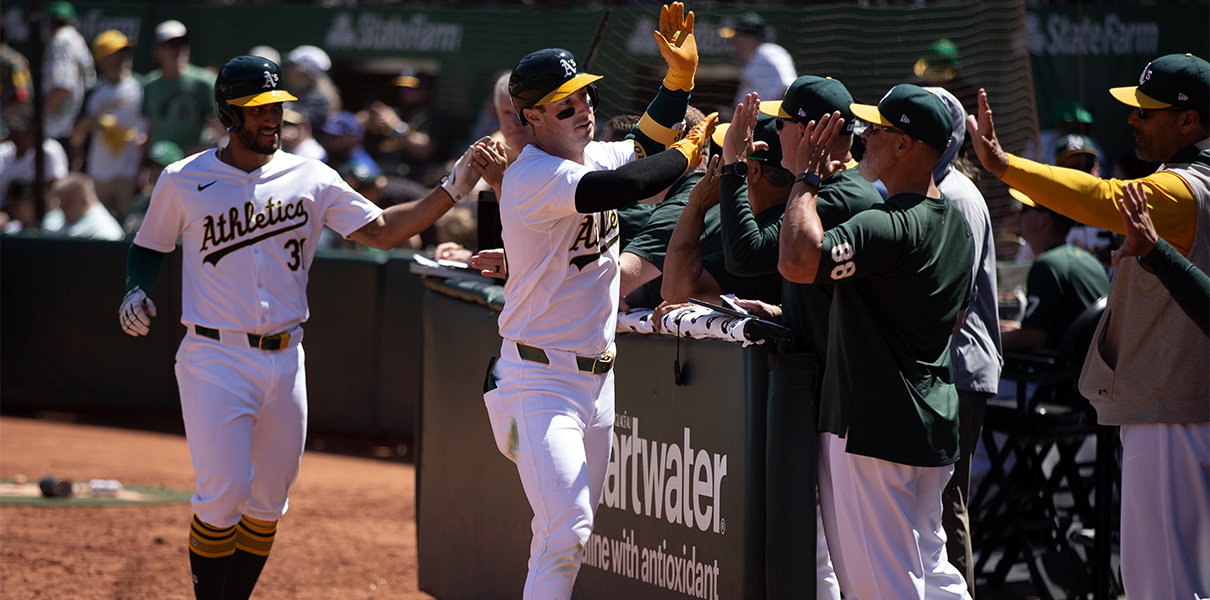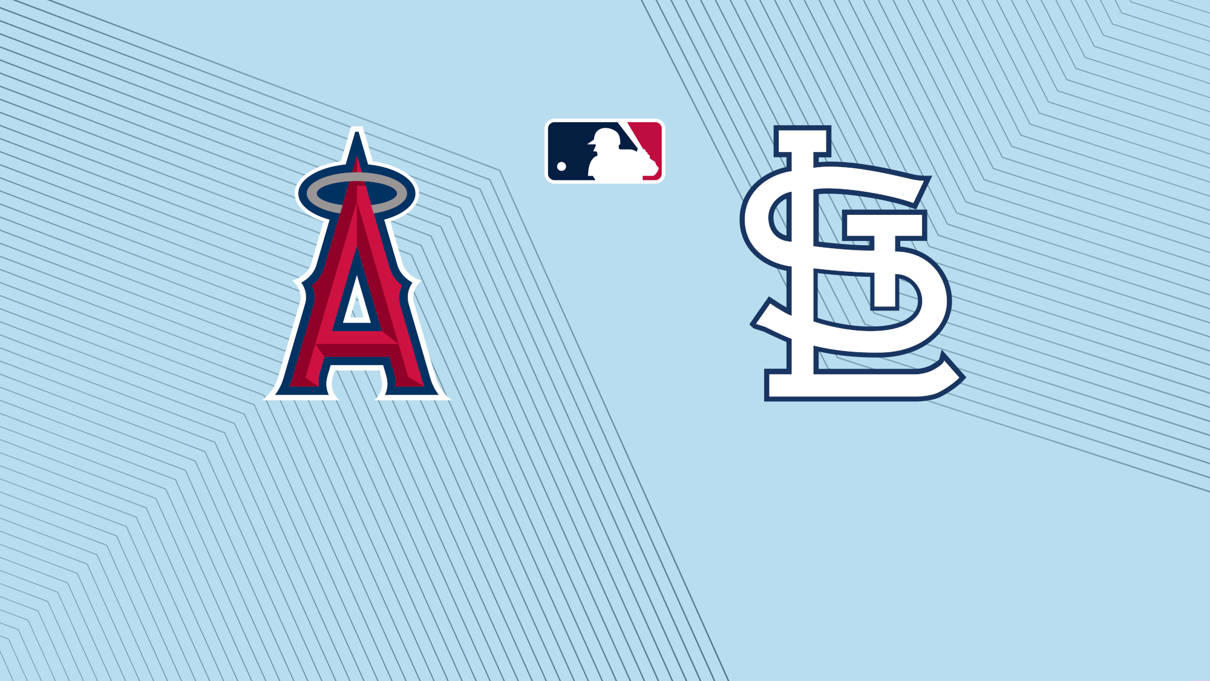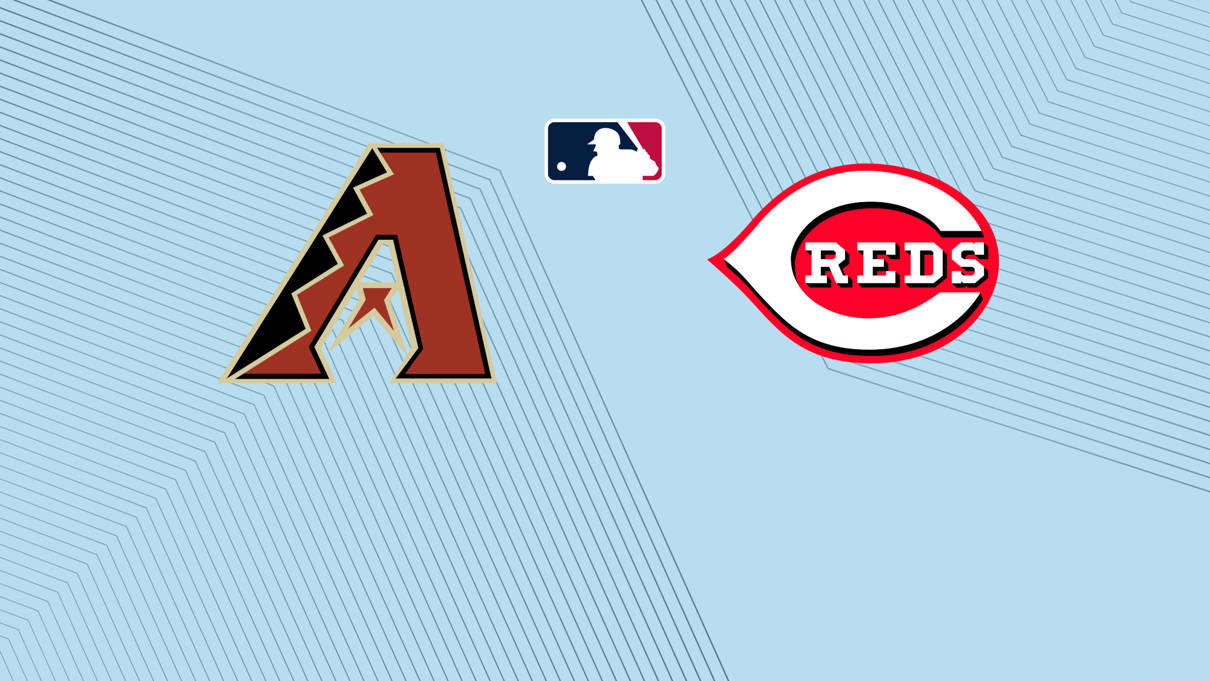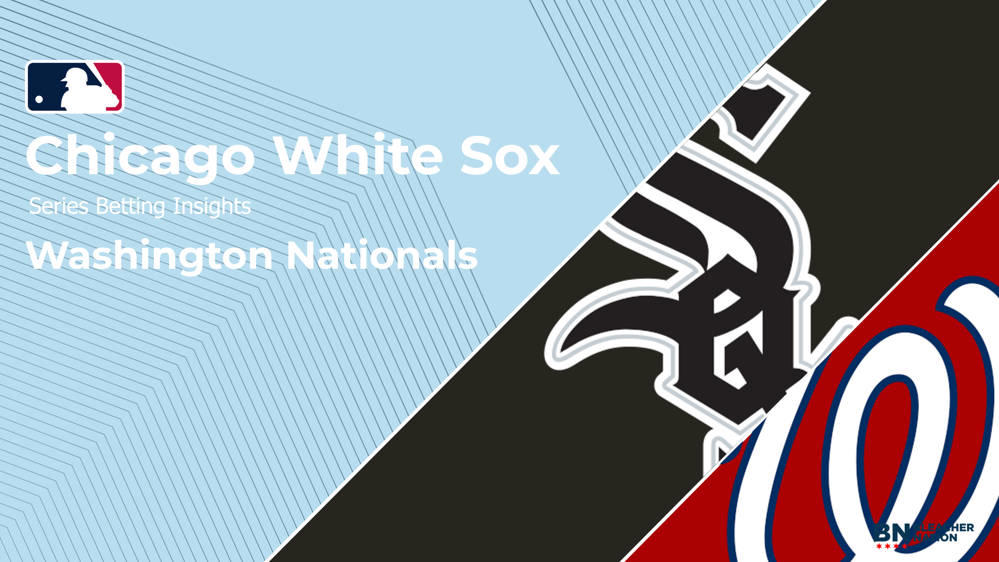Good thing the Chicago Bears have gobs and gobs of cap space and flexibility, because they just might need it to re-tool a roster coming off 34 losses in a three-year stretch.
Ryan Pace’s re-shaping of the roster began on Tuesday with the team declining the third-year option for guard Josh Sitton and the expected release of inside linebacker Jerrell Freeman. It’s possible the Bears won’t miss Freeman as much as you’d expect a team to miss a player who graded out as elite at Pro Football Focus a year ago. After all, the team played 15 games without him and still finished as a top-10 defense in scoring and total yards.
The same can’t be said about Sitton, whose injury-related absence late in the year caused the Bears to play musical chairs with their offensive line. Parting ways with Sitton comes with its own share of risks, most notably, a potential regression along an offensive line tasked to protect quarterback Mitch Trubisky and create running room for Pro Bowl running back Jordan Howard. But because the Bears have money, draft capital, and player flexibility, Sitton’s spot on the roster won’t be vacant for long.
OPTION I: FIGURE OUT CODY WHITEHAIR’S FUTURE
Earlier in the offseason, reports surfaced that the Bears were internally debating Cody Whitehair’s future position on the line and what to do regarding Sitton’s third-year option. Now that Sitton’s future has been decided, the Bears can move onto figuring out what to do with Whitehair.
Before the Bears step out into free agency and eventually into the upcoming NFL Draft, the team’s quest to replace Sitton should start with some self-evaluation. The Bears might not have to step into free agency to replace Sitton if they believe Whitehair’s future is at left guard and not center. If you’ll recall, Whitehair was drafted as a guard out of Kansas State and would have started there had it not been for Hroniss Grasu’s injury and Sitton’s sudden availability as a free agent late in the preseason.
It’s not as if playing guard is a foreign concept to Whitehair, who made 10 appearances (including four starts) at either right or left guard because of injuries on the line. Should the Bears decide Whitehair is their left guard moving forward, that means they’ll need to figure out their stance at center. More on that in a moment.
OPTION II: FREE AGENCY
Whether Whitehair stays at center or moves to guard, the Bears are going to explore free agency in one way or another. Dan Durkin of The Athletic estimates the Bears have $52.4 million in cap space after Tuesday’s moves, so free agency could be Pace’s weapon of choice.
If the Carolina Panthers choose not to extend the franchise tag to keep guard Andrew Norwell, he will instantly become the best free agent offensive lineman on the market. Norwell was an NFL First-Team All-Pro and Pro Football Focus’ third-highest-graded guard in 2017. If the Bears were going to use a healthy chunk of change on an interior linemen, it might be wise to do so on a player five years younger than Sitton.
Pace could conceivably tap into his Saints ties and give Jahri Evans a look. The 34-year-old guard played 14 games for the Packers in 2017 and earned a 71.7 grade from PFF. He isn’t the six-time Pro Bowler he was during his prime in New Orleans, but is an experienced, starting-caliber guard who could be a bridge guy if push comes to shove.
Matt Nagy has ties to a free agent, too. Zach Fulton played guard and center for the Chiefs in 2017 and didn’t miss a start. Versatility and durability? Where do we sign the Bears up for a player with this combination? Fulton was a sixth-round pick by the Chiefs in 2014 who has developed into a steady, dependable offensive lineman. He turns 27 in September, is coming off his rookie deal, and is familiar with the offensive concepts Nagy will bring to the table in Chicago. That makes him a little more attractive other free agent targets at his level.
Weston Richburg of the New York Giants might be the best free agent option among centers. Through seven weeks, Pro Football Focus’ metrics graded Richburg as the fourth best pass-blocking center in football with a 98.6 pass-blocking efficiency grade. He was an honorable mention on PFF’s All-Pro Team in 2015, where he was the site’s fourth-best run-blocker.
OPTION III: THE DRAFT
Notre Dame guard Quenton Nelson enters the NFL Scouting Combine as the draft’s top offensive line prospect, with an argument to be made for being the draft’s best overall prospect. Even though guards generally don’t receive much fan-fare, Nelson is a different cat who could be in the mold of fellow Fighting Irish guard Zack Martin in being a Week 1 starter who is an impact lineman upon arrival. However, because of Nelson’s already high stock, the Bears shouldn’t bank on drafting him in April. It’s possible he’ll be off the board by the time Chicago is on the clock.

The draft has other options and Pace could re-visit a strategy that helped the team land Whitehair in the second round of 2016.
Ohio State’s Billy Price is a prospect who could play guard or center at the next level, but he might be a late first-round pick, and therefore, off the board when the draft comes back to the Bears in Round 2.
Georgia’s Isaiah Wynn played left tackle for the Bulldogs in 2017 and more than held his own against SEC competition. He also has extensive experience at guard, which makes him one of the more versatile (and thus, valuable) offensive linemen in this draft. Wynn looked good at the Senior Bowl, which will only help solidify his draft stock.
UTEP’s Will Hernandez excels in the run game, but could stand to work on his pass protection. Sounds like something Harry Hiestand can work on as the team’s new offensive line coach. Hernandez figures to be a second-round pick.
Tackle prospects Orlando Brown (Oklahoma) and Connor Williams (Texas) are players who could be moved inside.
In the end, the best plan of attack would probably be to use free agency and the draft to plug holes along the Bears’ offensive line. Chicago used eight different starters at offensive line, and only one player – left tackle Charles Leno Jr. – played the same position for all 16 games. Improving depth and versatility behind the starting five is as important as which five will start the season. But make no mistake, winning begins in the trenches. Getting the five starters right should be the top priority before the Bears try to sort out the rest of their mess.

